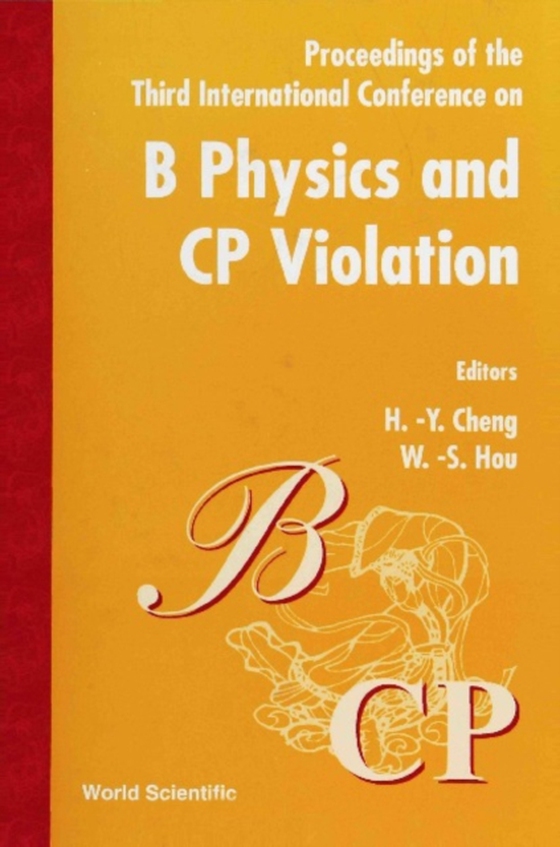
B Physics & Cp Violation '99, 3rd Intl Conf e-bog
865,79 DKK
(ekskl. moms 692,63 DKK)
CP violation was first observed in 1964, but only in 1999 did we gain much greater experimental insight. Direct CP violation finally appeared in the form of I '/I in the K system. Indirect CP violation in B J/I Ks decay, the raison d'etre for construction of e+e- B factories, was first sniffed out at the proton-antiproton collider. The asymmetric B factories - BABAR at SLAC and BELLE at KEK ...
E-bog
865,79 DKK
Forlag
World Scientific
Udgivet
29 december 2000
Længde
552 sider
Genrer
PHP
Sprog
English
Format
pdf
Beskyttelse
LCP
ISBN
9789814492669
CP violation was first observed in 1964, but only in 1999 did we gain much greater experimental insight. Direct CP violation finally appeared in the form of I '/I in the K system. Indirect CP violation in B J/I Ks decay, the raison d'etre for construction of e+e- B factories, was first sniffed out at the proton-antiproton collider. The asymmetric B factories - BABAR at SLAC and BELLE at KEK - were completed, while the symmetric B factory at Cornell was upgraded to CLEO-III. It seems that everyone is positioning himself for the great competition on "e;B Physics and CP Violation"e;, racing to unravel the Kobayashi-Maskawa matrix, especially the size and origin of CP phases. The change of millennium provides a dramatic backdrop.To have intensive discussions at the technical level, to create broader interest in the subject, and to maximize interaction between experimenters and theorists, this book starts with the status of B factories: accelerator, detector and physics analysis. Following an overview of B physics and the CKM matrix, it delves into the details of lifetime, spectroscopy and decays, with even more specialized discussions on rare decays, direct and indirect CP violation, factorization and final state interactions, determination of unitarity phases, etc. Topics on I '/I , rare K decay, charm and hyperon systems, and various T, CP and CPT tests are also discussed at length. The book closes with the outlook for hadron machines and the prospects for new physics. A special feature is that there are two summary talks, one on experiment and the other on theory. The book is further augmented by two dozen excellent contributed talks.
 Dansk
Dansk

